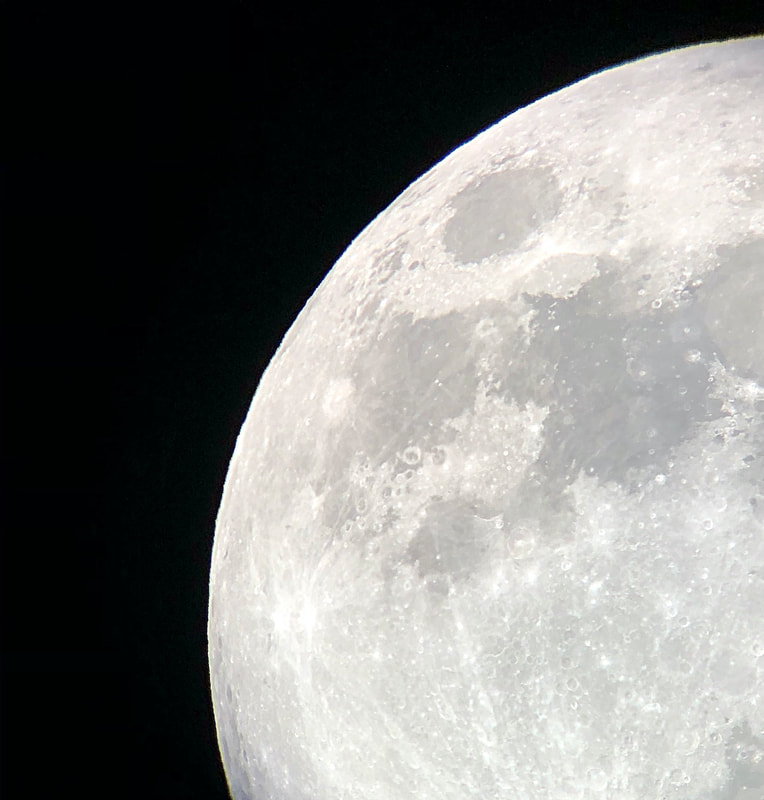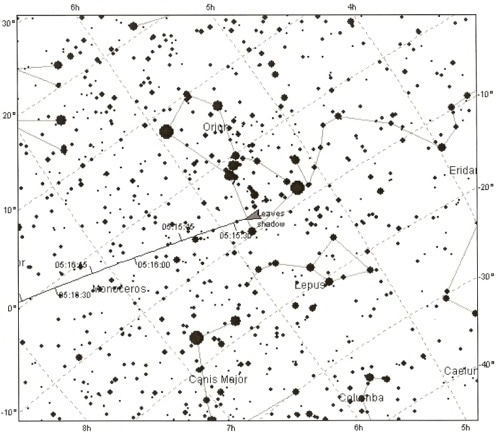|
Once again, the sky was clear and the seeing better than terrible last night, so out I stepped onto my rooftop. With a curfew on from 7 PM - what a strange and distressing time this is - I couldn't go outside. Luckily, there were very few people on the rooftop, and no helicopters hovering low in the sky. The Moon was three-quarters full, and with no planets in the sky and transparency quite low, it would be my focus once again. I really wanted to see if I could make out more chromatic aberration tonight through the FC-100DC; the view a couple nights back had made me reconsider the focal extender I'd bought for the telescope. A band of ragged clouds obscured the Moon as I stepped outside, but they passed within a few minutes. When the Moon emerged, I noticed no - and I mean no - chromatic aberration at all, not even on the lunar limb. The seeing was, by then, pretty unsteady, but I did manage to get some spectacular views of the crater Gassendi at around 200x. Nineteenth-century Selenographers imagined that the crater's central mountains changed in shape, betraying - they thought - signs of volcanism or perhaps even life on the lunar surface. It's been a joy for me to learn a great deal about the Moon's cultural and scientific history as I work on my next book. It gives added depth to these nights of lunar exploration.
Last year, Takahashi debuted a seeming upgrade over the 100DC: the 100DZ, a telescope with better color correction and even fewer lens aberrations. Observers report that, visually, there is not much difference between the DC and DZ - certainly not on most nights - but still, in this hobby you always want what is just out of reach. A telescope that promises to show you ever so slightly more, even once in a blue Moon, can be extremely tempting. However, last night clinched it: I'll keep the DC for now. The DZ is about a third heavier, and there is just something about having such a lightweight, easy-to-mount refractor that still shows so much. And now, with the extender, it's almost as though I have two telescopes in one, both just about perfect for different roles, and one that, apparently, shows absolutely no false color in my usual observing locations.
2 Comments
D Pelley
6/3/2020 12:04:51 pm
What eyepiece were you using with the tak at 200X? I could not get out last nght. 6 Ethos is worth the acquiring. Very sharp and not too heavy as wide field EPs go. The best of the Ethos in my opinion, at least in the 85, are the 3.7, 6 and 10. But a demerit goes to the 10 for not being parfocal. The 17E shows FC in the 85. I sent some more info to you on your webpage.
Reply
D Pelley
6/3/2020 12:40:09 pm
Also, your book arrived at my house today.
Reply
Leave a Reply. |
Archives
March 2024
Categories
All
|





 RSS Feed
RSS Feed